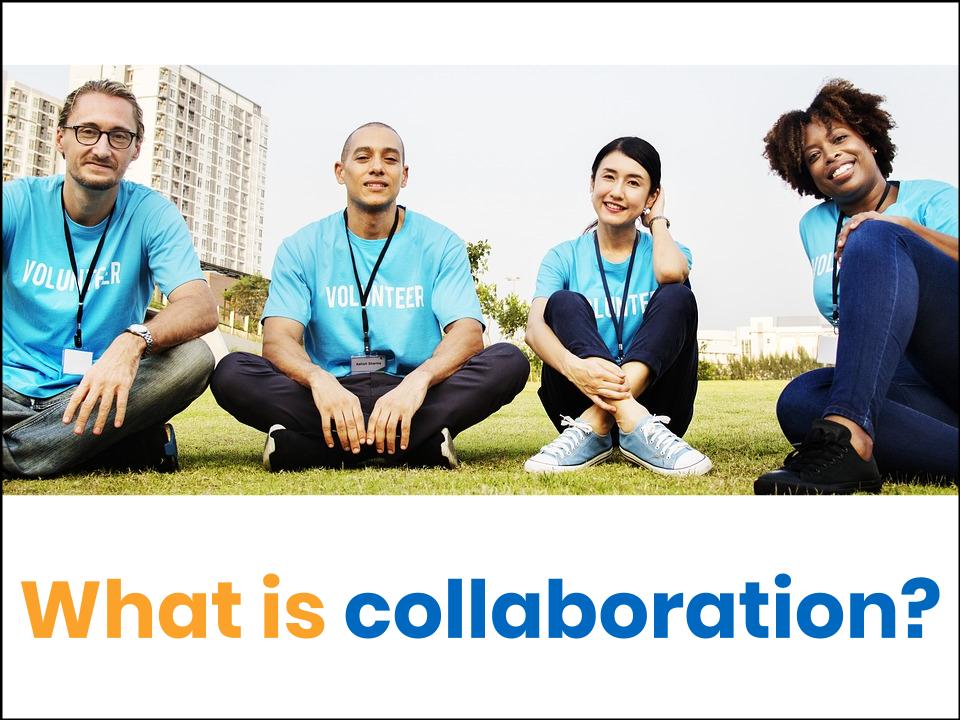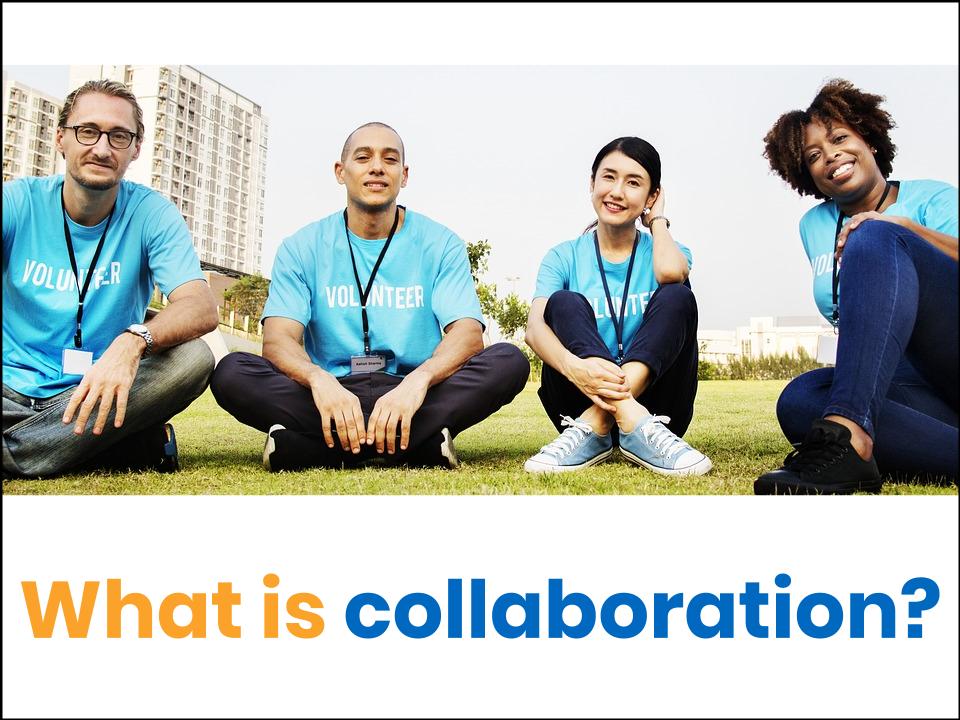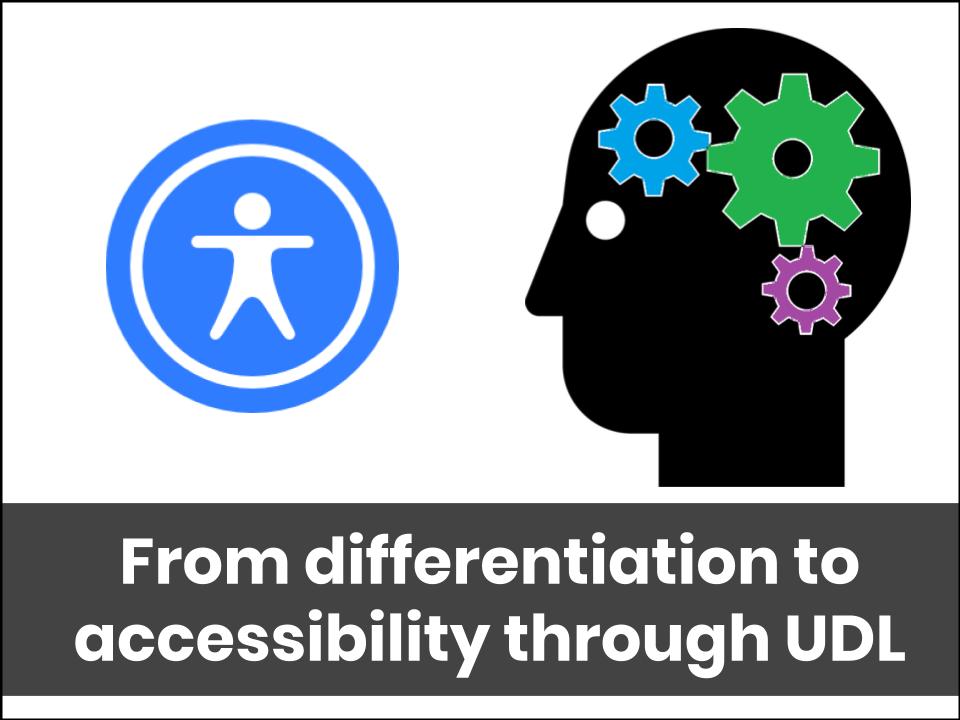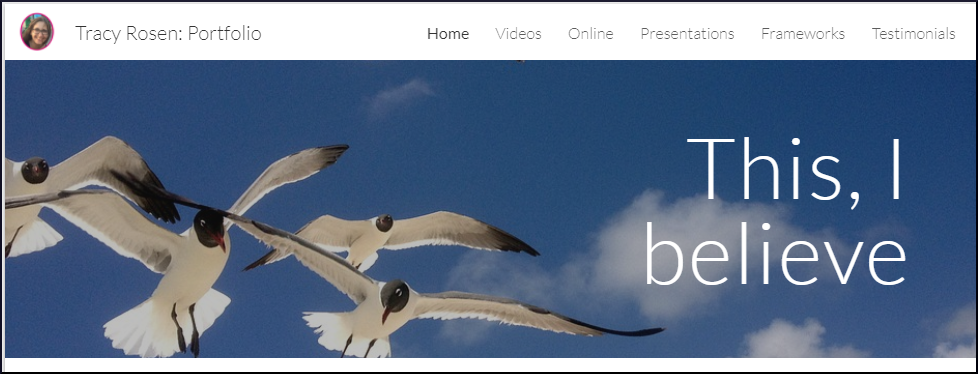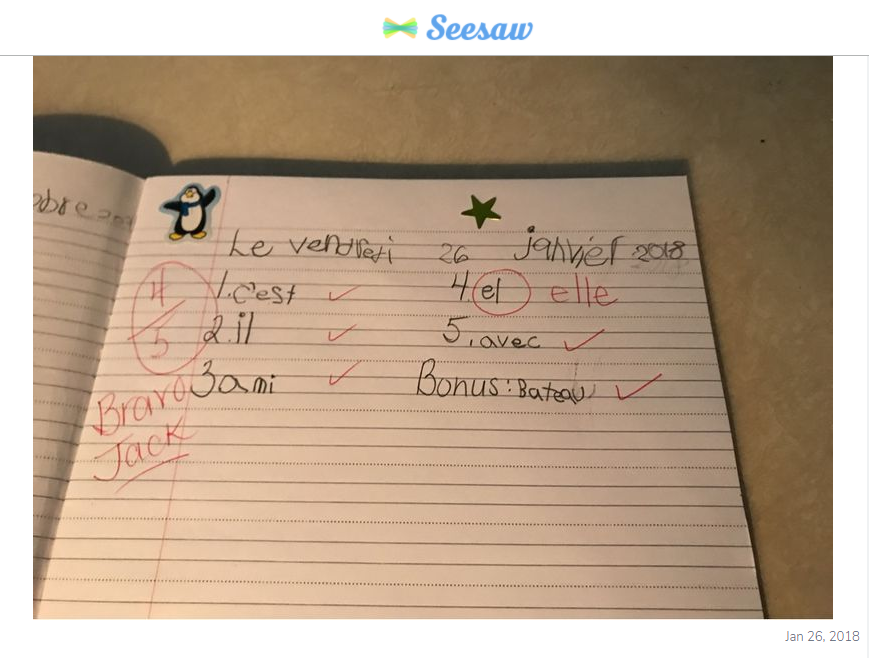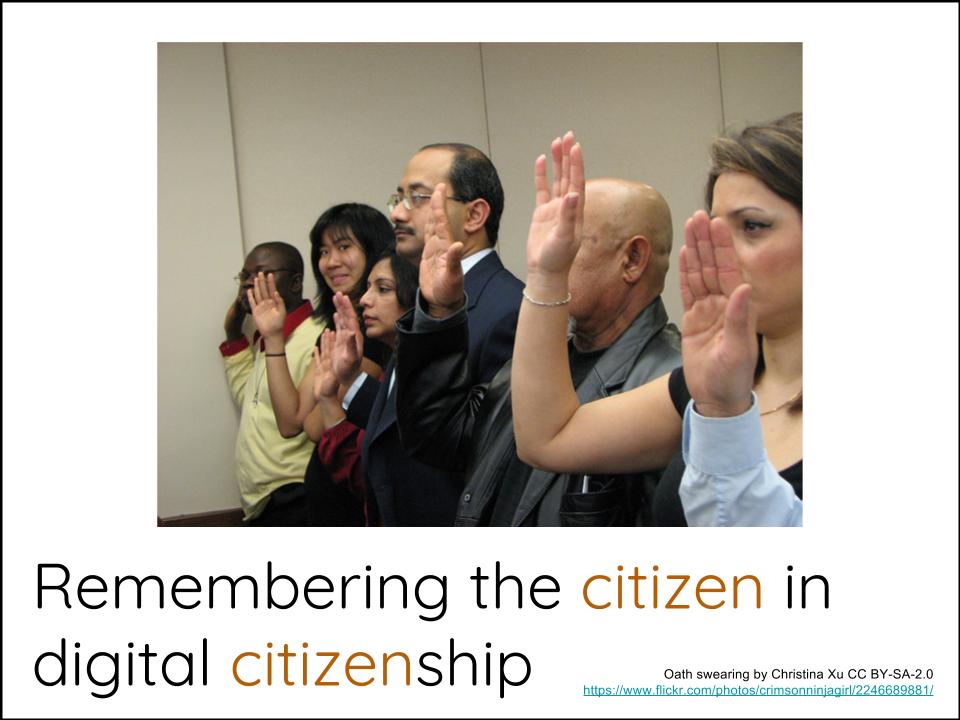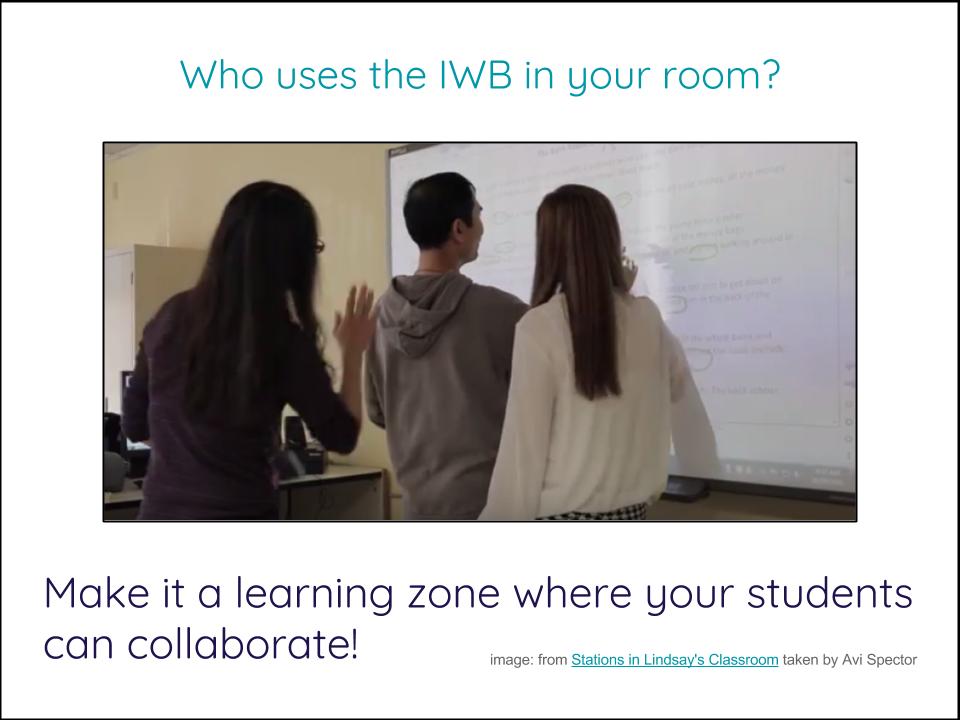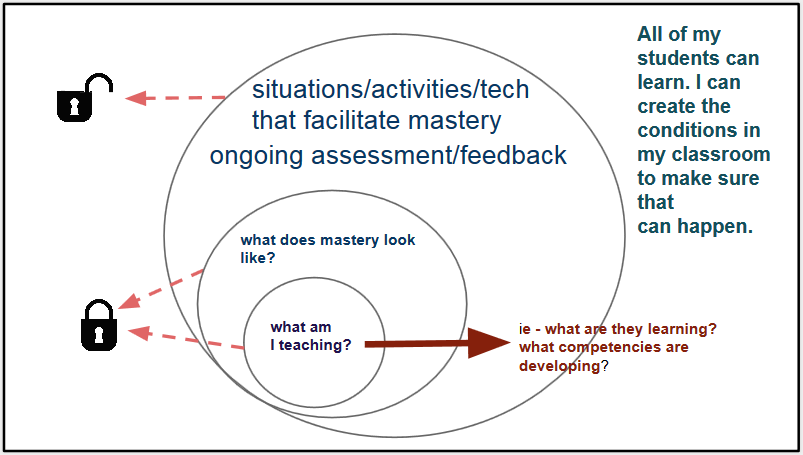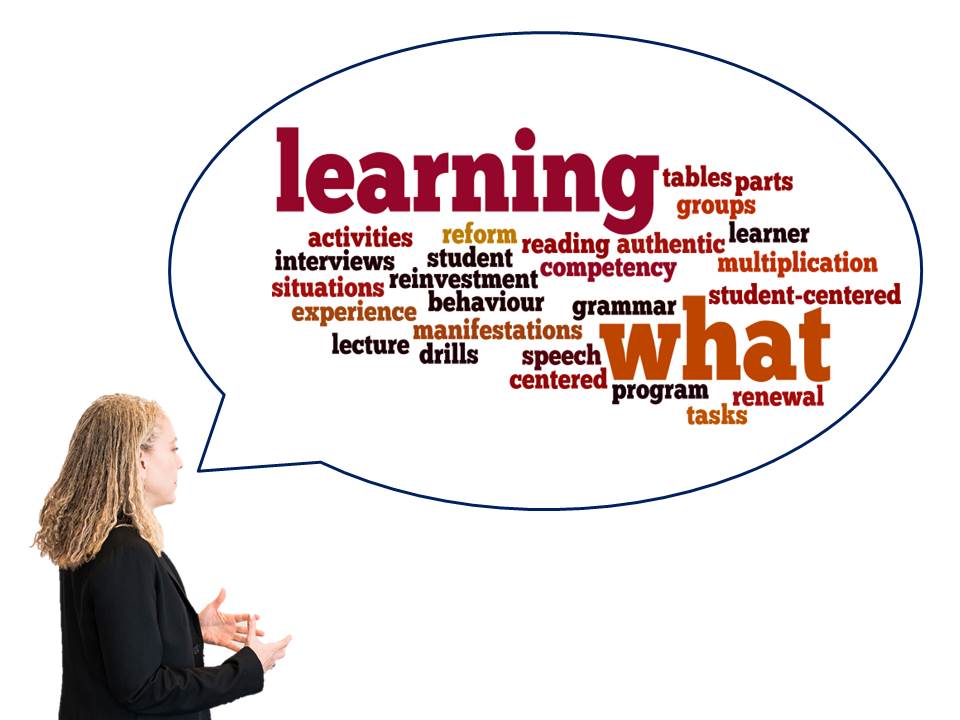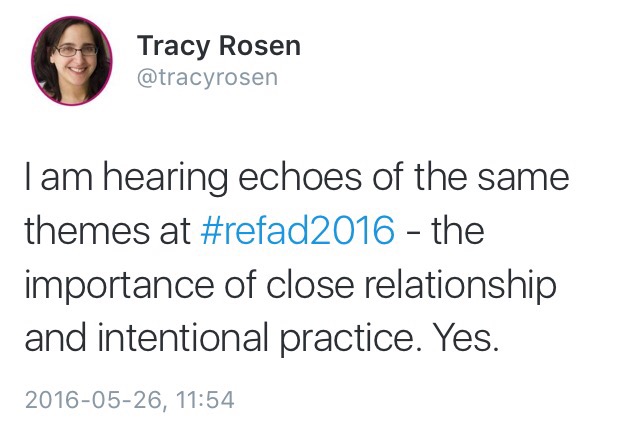Innovation without Innovation
That title totally doesn’t make sense. But at the same time, it does. We are at the beginning of a new school year and with that comes new initiatives and new focuses. Schools have Welcome Back! PD days where we are told we have to design and deliver explicit direct instruction through high impact practices or use blended learning to revisit mastery-focused literacy solutions within professional learning communities or use design thinking to collaborate on innovative solutions for competency development in our 21st century at-risk learners!
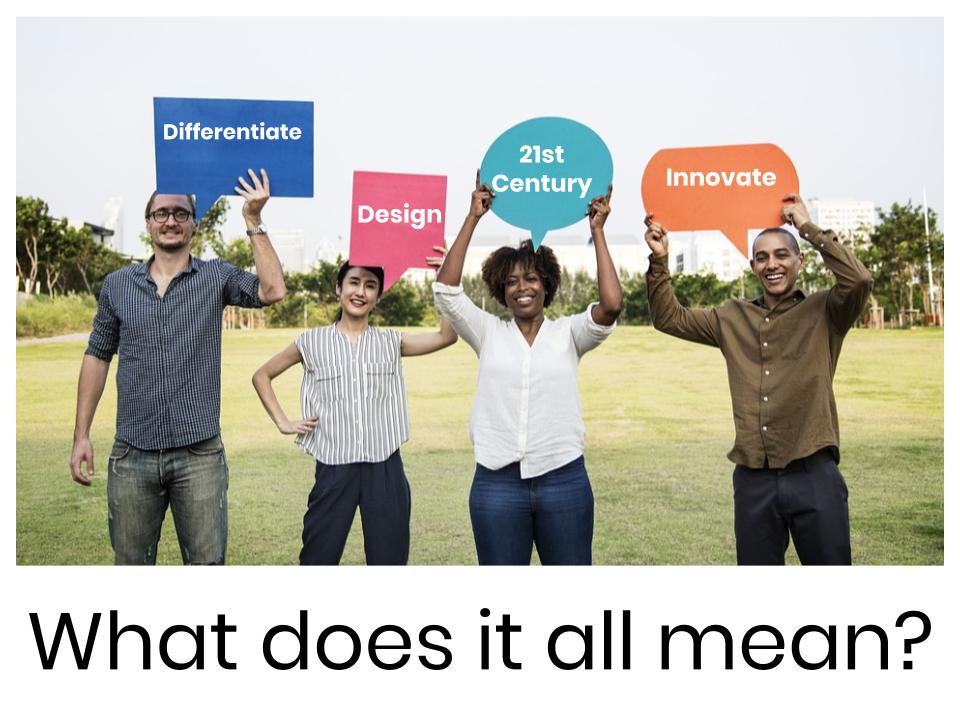
Ok. Full disclosure – those sentences were created with this Educational Jargon Generator. They make us laugh (maybe) and that is because they are so close to the truth of what we hear maybe a little too often in education. (And those didn’t include any acronyms! How’s about we PLC about RTI with CCBE and DBE teachers in FGA and FP? We can submit a PDIG application for that.)
We so often throw around these words and phrases without really thinking about or clarifying what it is we actually mean. I think we use jargon because it is much quicker to throw out a catch-phrase than to spend time talking about what we really mean by it. And when we are quick to identify THE solution, THE key to all of our problems then we assume that it won’t take long to fix whatever it is we think our problem is.
And we can say we ticked the box next to this year’s must-have professional development about innovation or technology or whatever.
But, then, what happens when our problem isn’t fixed? We give up, go onto the next theory or catch-phrase, and start all over again.
Oh, Flexible Spaces, we tried that last Fall. It didn’t work.
The thing is, the downside of using buzzwords or jargon too often is that they lose meaning. You just may end up with a group of people who all say they are “differentiating” or “innovating” or “designing flexible spaces with UDL” or “using design thinking” or “leveraging technology” or “insert buzzword here” without actually checking in with each other that we all carry a shared understanding of what each of those words or phrases mean. Even worse, the word can end up ruining the practice:
“[Buzzwords] are a dangerous mechanism to lose sight of things that bring value to organizations and affect the bottom line. Buzzwords make us tired of hearing about it. They make us crave the day before we heard about it. They solidify patterns that hold firm on the status quo. Sometimes that buzzword may be something you actually need to do, and dismissing it puts your business [or practice] at significant risk.
Beyond Buzzword: Innovation and Design Thinking by Erika Bailey
Each of those buzzwords originated in a practice built on respect for student learning and the teachers who work with students every day. Any of those things, when given time and space and clarification (and…more time and space and clarification!) CAN be a solution. They CAN be a key. But none of them are THE key or solution.
I think if anything comes close to THE key or solution, it would be the time and space to talk about and act on what matters to us as educators – and to include students in those conversations. This quote is almost cliché, it has been used so often, and it is so true:
“Never doubt that a small group of thoughtful, committed, citizens can change the world. Indeed, it is the only thing that ever has.”
Margaret Mead – disputed citation
So my focus this school year will be on innovation without “innovation”.
In other words, I don’t want to innovate without having conversations with my colleagues and with students about why and what and how. This process takes longer because, well, change and planning for great things takes time.
I feel this way because I love my job. I care about learning. I care so much about the people I work with and the students we all work for.
And really, I don’t want to tick an innovation box, even if we leverage technology to do so 😉

